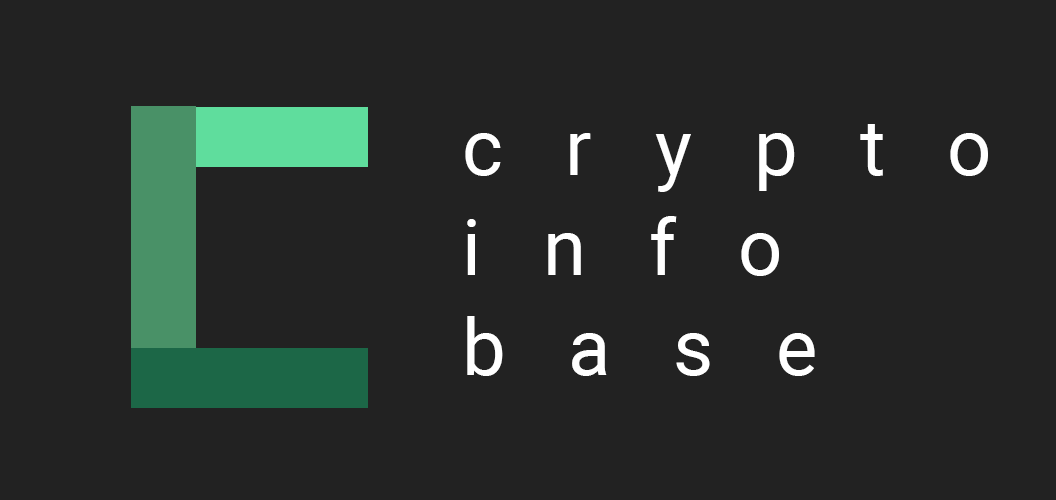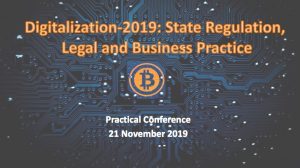It’s not enough just to write your resume correctly to get a good job, of course. And yet, let’s be honest: the resume is the “entry ticket” to an interview.
A resume is your first communication with an employer, and no one has canceled the rule of one-time first impression.
This article will show you how to create a resume without using resume templates that employers will like. We will also be looking at how resume templates 2020 should look like and what it should include.
A well-written document increases the chances that it will be reviewed.
Therefore, stick to the basic principles:
- Brevity. The information should be presented clearly and concisely. Long resumes are difficult to read, so they are cut off at the preview stage. All information should interest the potential employer as much as possible in you, as a good employee and professional. Please pay attention to the requirements for the position; they will form the basis for a resume.
- A resume must sell itself. Self-presentation should interest the recruiter; its interface should facilitate continued work with him. The summary can get into the “basket” already at the stage of review by the recruiter. Therefore, it is crucial to interest him so that the resume goes further to the hiring manager. Your presentation should look like you want to read it in its entirety and reread it.
- Customize your resume for your profession. There are no generic Resume templates free. Each work requires a specific set of information, which will be listed in the document. Therefore, create a resume showing only what will be necessary for a particular job.
- The structure is like a Landing page. Your resume should be attractive. Sometimes you can draw a parallel with the landing pages of sites you want to read to the end. Follow the order of filling out the points using generally accepted standards.
- Use business style only. You should not copy the text of the resume from the Internet; write it yourself in understandable and straightforward expressions. Use short sentences without complex stylistic constructions. You can use templates.
- Literacy. Inadmissible in self-presentation of grammatical and spelling errors, smilies, etc.
- Honesty. No need to exaggerate or compose. All biographical facts are documented. A deception can open up at any time and play a bad joke.
Use formatting:
- Fonts: Calibri or Arial, it is better to abandon the outdated Times New Roman.
- The height of letters is preferably 12, single line spacing. It is preferable to keep the entire document in one font, excluding the headings’ selection (they can be slightly enlarged).
- Do not use tables in the resume. This creates an inconvenience for the recruiter.
- Remove unnecessary indents on the left, which may take up too much functional area of the document.
- Highlighted lists
- Most often, the resume does not contain a photo of the applicant for the position. However, we recommend that you attach it. It adds personalization to the resume, deprives it of facelessness. When you decide to attach a photo, take it professionally, keeping it in a business style on a neutral background.
Nothing is impossible; all restrictions live only in our heads. Think about it the next time you decide it’s better to stay in a job you hate than to take the bold step toward a career that’s both money and pleasure.
What is a resume and what is it?
A resume is a brief professional self-assessment of a candidate for a job. It is your business card, containing information about your professional merits, qualifications and work experience. The resume is the “clothes” by which you will be greeted.
After reviewing your resume, a specialist recruiter or hiring manager will place you in the “promising” or “nonpromising” category of job seekers.
To join the ranks of “prospects” when writing your resume, follow these rules.
When writing your resume, stick to the 4 basic principles:
- Brevity
- Specificity
- Truthfulness
- Selectivity




